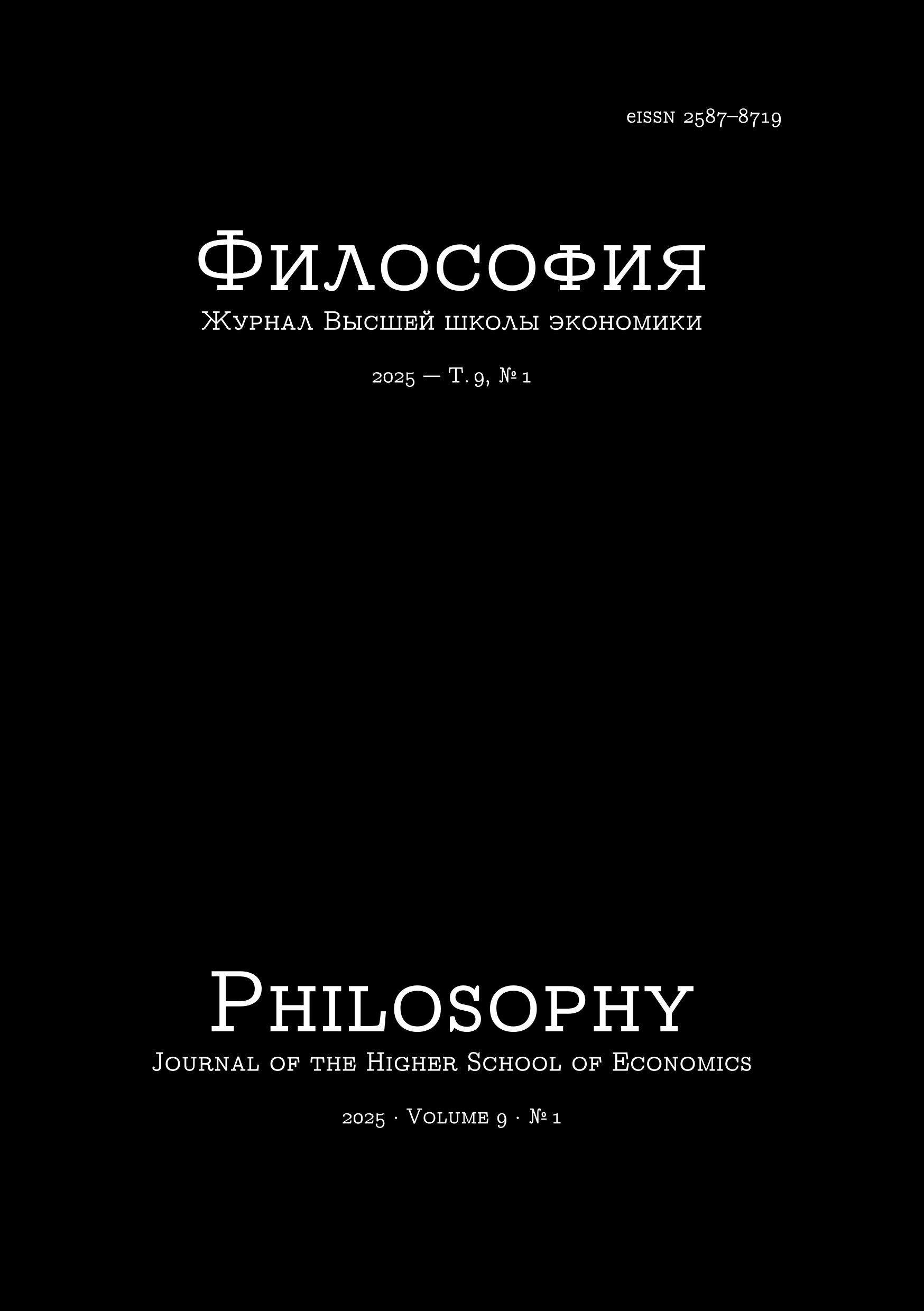Женские образы в романе «Пламя и кровь» и сериале «Дом Дракона»
биополитический контекст
Аннотация
Статья представляет собой исследование этических и политических мотивов и поведенческих стратегий основных женских персонажей романа «Пламя и кровь» и основанного на нем сериала HBO «Дом Дракона». Особое внимание уделяется тому, каким образом женские персонажи вырабатывают собственные стратегии формирования идентичности, отличные от тех, которые ожидаются от них в соответствии с их социальным, семейным (матримониальным) и властным статусом, каким образом они используют доступные им средства (брак, деторождение, ресурсы семьи, эмоциональный труд и т.д.). Обратившись к понятию «биополитика» М. Фуко и Дж. Агамбена, автор статьи демонстрирует, каким образом Дж. Мартин использует идеи биополитики и биовласти, чтобы через работу с телом и телесным в различных его проявлениях (в том числе через демонстрацию деторождения) обратиться к той же теме, которая является лейтмотивом «Песни льда и пламени»: вопросу о сущности власти, различиям в мужских и женских властных стратегиях и образах, через которые визуализируется источник власти. Таким образом, статья не только углубляет понимание женских ролей в контексте фэнтезийного мира, но и предлагает более широкие размышления о власти, идентичности и биополитике и сопротивлении биополитическому контролю.
Скачивания
Copyright (c) 2025 Philosophy Journal of the Higher School of Economics

Это произведение доступно по лицензии Creative Commons «Attribution-NonCommercial» («Атрибуция — Некоммерческое использование») 4.0 Всемирная.






